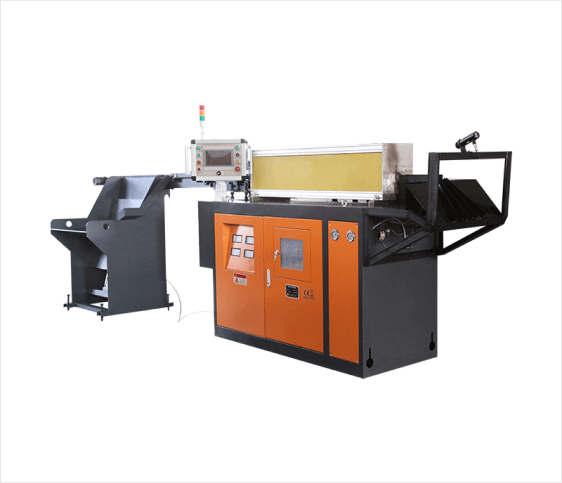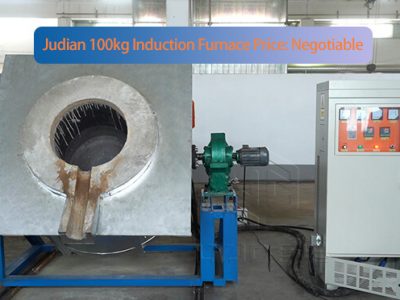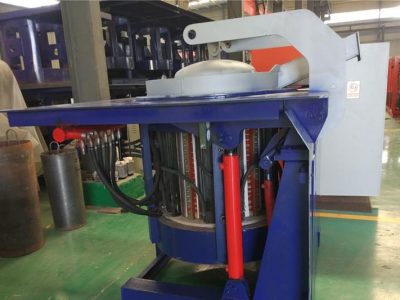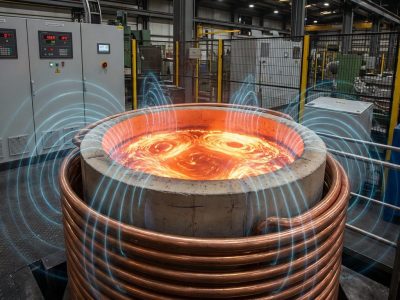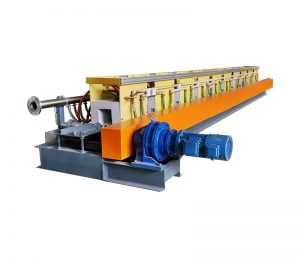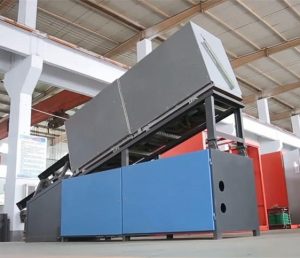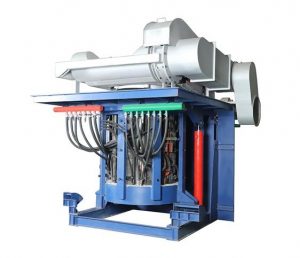When international buyers look for a 1-ton induction furnace, one of the first questions is: why do prices vary so much? The truth is that the cost depends on multiple factors, from technology and materials to service and local market conditions. Understanding these factors helps buyers compare suppliers more effectively and secure the most cost-efficient solution.
Below are 12 major factors that affect the 1-ton induction furnace price in today’s global market.
1. Furnace Capacity and Size
Naturally, the size and capacity of the furnace play a major role in pricing. A standard 1-ton unit is more affordable than larger models, but costs may increase if buyers request extended melting capacity or higher power ratings for faster melting cycles.
2. Heating Technology
All induction furnaces rely on induction heating, but the level of technology differs. Advanced models feature precise temperature control, stable heating profiles, and better energy efficiency. These improvements can raise the initial price but lower long-term operating costs.
3. Control Systems and Automation
Furnaces equipped with digital control systems, PLC automation, or touchscreen interfaces cost more than basic models. However, automation reduces operator error, improves safety, and increases production efficiency—valuable advantages for global buyers targeting high output.
4. Materials and Construction
The quality of refractory lining, crucibles, insulation, and coil design directly impacts durability and performance. Premium materials extend furnace life and reduce downtime, but they also increase upfront costs. Buyers seeking long-term reliability often prioritize higher-grade materials.
5. Customization Options
Every industry has unique needs. Customizations such as specialized crucibles, automatic charging systems, or enhanced cooling units will influence the final price. While customization adds cost, it also ensures that the furnace matches the buyer’s production process.
6. Installation and Commissioning
The installation and commissioning phase includes site preparation, electrical connections, and operator training. Depending on project complexity, this can significantly impact the total investment. Global buyers should factor in these costs early to avoid surprises.
7. Ancillary Equipment
In many cases, a 1-ton induction furnace requires supporting systems such as power supplies, water cooling systems, dust extraction, or material handling equipment. These additions are essential for smooth operation and should be included in the total project budget.
8. Geographic Location and Logistics
Prices vary across regions due to transportation costs, import duties, taxes, and local demand. Buyers located farther from manufacturing hubs may face higher shipping fees. Considering logistics during procurement helps prevent unexpected cost overruns.
9. Energy Efficiency
Furnaces designed with optimized coils, advanced insulation, and efficient power converters are typically more expensive. However, they significantly reduce electricity consumption, which lowers operating costs over the equipment’s lifetime. For many buyers, higher upfront costs translate into long-term savings.
10. After-Sales Service and Support
Reliable technical support, spare parts availability, and warranty coverage add value to the furnace. Reputable suppliers may include training, preventive maintenance, or extended warranties in their pricing. For international buyers, strong after-sales service can reduce downtime and ensure continuous production.
11. Manufacturer Brand and Reputation
Brand reputation often influences price. Established manufacturers with proven track records typically charge more, but they also offer better quality assurance, advanced technology, and higher customer satisfaction. Many buyers see this as a worthwhile investment.
12. Market Demand and Competition
Finally, market conditions also affect furnace pricing. If demand is high or competition is limited in certain regions, prices may increase. Conversely, in competitive markets, buyers often benefit from more favorable pricing.
Additional Considerations
Other factors such as regulatory compliance, safety certifications, currency fluctuations, and additional services can also influence the final price. For example, compliance with CE, UL, or ISO standards may increase the cost but ensures smooth import clearance and higher buyer confidence.
Conclusion
The 1-ton induction furnace price is not determined by a single element but by a combination of technology, materials, customization, and market conditions. For international buyers, understanding these 12 key factors makes it easier to compare suppliers and choose a solution that balances cost, efficiency, and long-term value.
When evaluating suppliers, always look beyond the initial price tag. A furnace with better energy efficiency, reliable after-sales service, and high-quality construction often delivers greater returns over time.
